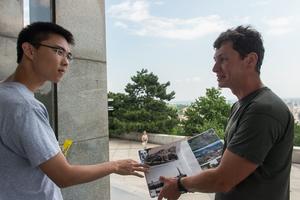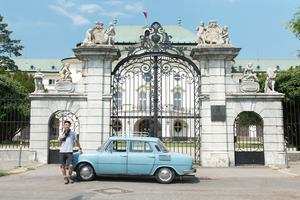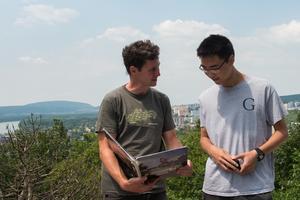“When we got a flat tyre at Kopčianska Street in Petržalka and I could not repair it on the spot, we finished the tour by public transport,” says Braňo Chrenka from the untraditional travel agency Authentic Slovakia. They board tourists in old Škoda cars and show them places the usual travel agencies do not: prefabricated housing estates, communist-era landmarks, marketplaces, the remnants of the Iron Curtain, but also villas under Bratislava Castle and modern high-rise buildings that have mushroomed in the city over the past few years. When it’s hot, they take them to the Draždiak Lake in Petržalka to bathe and then to have a beer in a pub from the 1980s.
How it started
Braňo Chrenka set up the travel agency with his brother Peter in 2010 as their response to mainstream tourism. They had several sources of inspiration. The basis was the feeling that Bratislava is a city that experienced interesting history in the 20th century and has something to offer. At the same time, they felt that most tours were not very innovative and focused more on the Habsburgs and the coronation history of the city.
“We show Bratislava in its entire colourfulness,” said Chrenka. “In addition to traces of communism we show the rise of wild capitalism and how the city is changing today.”
They take their clients to authentic places and instead of encyclopaedic information they recount personal stories of people.
“The specific story of a particular person is always more illustrative and more interesting,” said Chrenka.
This is also the case of the first experimental prefabricated building in former Czechoslovakia on Kmeťovo Square. During the stop at the building it often happens that a man, who himself helped to build it and has dwelled in it for decades, leans from the window and shares memories with them. Or, when Chrenka speaks about one of his grandfathers, a lawyer, who was persecuted under the previous regime.
Tourists must sometimes push
If the weather allows the tours take place on old, shaky Škoda cars from the 1970s.
“We got the first Škoda 100 from our grandpa,” recalls Chrenka. Later, they bought another one and two Škoda 120 cars. For larger groups they have two minivans – the legendary Škoda 1203 and Volkswagen.
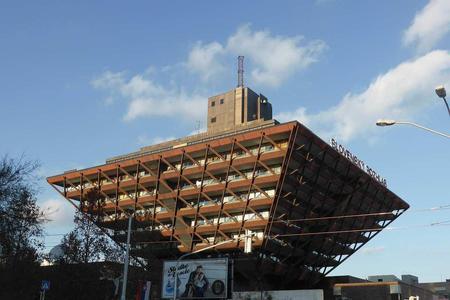
They drive the retro Škodas throughout the year except during winter when there is snow and ice. Even so, it sometimes happens that the car comes to a halt and the tourists themselves have to help.
“Once the car stopped below the Slavín monument and elegantly dressed senior American women had to push it and jump in during the ride,” said Chrenka. “In addition, there was a bus full of Japanese tourists who took pictures of the entire incident. The ladies certainly remember the incident to this day.”



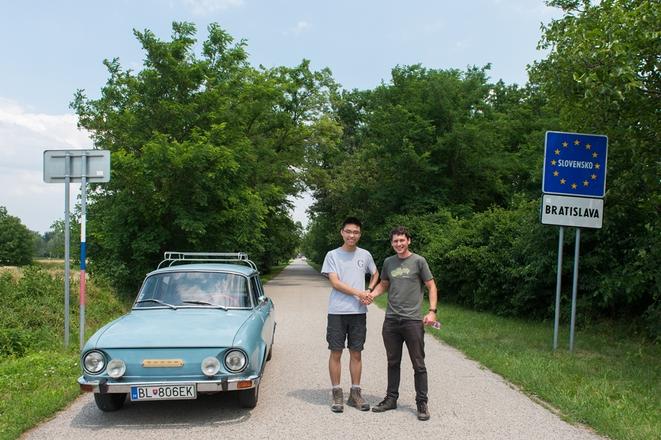 Chinese tourist Charlie (left) with Braňo Chrenka at the former Iron Curtain. (source: Jana Liptáková)
Chinese tourist Charlie (left) with Braňo Chrenka at the former Iron Curtain. (source: Jana Liptáková)
